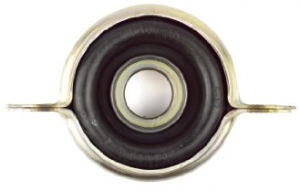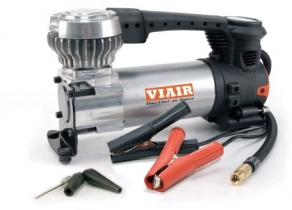-
Welcome to Tacoma World!
You are currently viewing as a guest! To get full-access, you need to register for a FREE account.
As a registered member, you’ll be able to:- Participate in all Tacoma discussion topics
- Communicate privately with other Tacoma owners from around the world
- Post your own photos in our Members Gallery
- Access all special features of the site
Annoying belt squeak...
Discussion in '1st Gen. Tacomas (1995-2004)' started by AlphaEcho2k5, Feb 14, 2012.


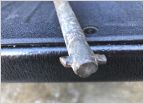 Spare tire hoist wrench
Spare tire hoist wrench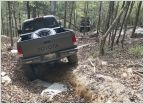 Trying to find a certain type of tail light
Trying to find a certain type of tail light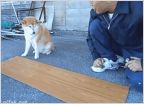 My fuel door lock is missing, any mods suggested?
My fuel door lock is missing, any mods suggested?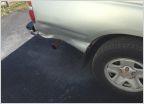 What to do about this dent in bedside panel...?
What to do about this dent in bedside panel...?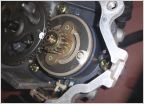 Throttle position sensor 89452-35030
Throttle position sensor 89452-35030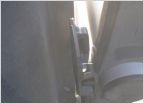 Bed extender install
Bed extender install



